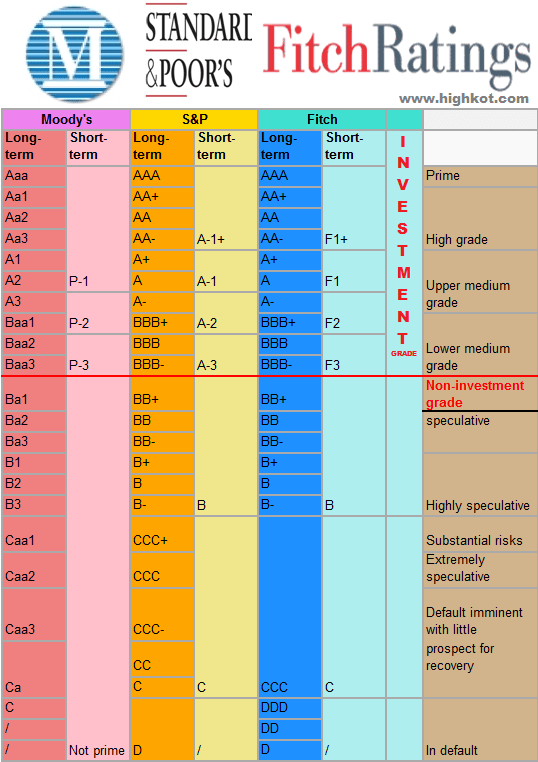Achieving full compliance with rules to make their facilities operational after an earthquake by 2030 could strain ratings for many California acute care hospitals and health systems, S&P Global Ratings said in a new report.
California law requires hospitals to upgrade buildings to reduce their risk of collapse during earthquakes by 2020 and to remain operational after an earthquake occurs by 2030. The 2030 rules include structural and nonstructural components.
S&P said most organizations have met the 2020 seismic compliance deadline, but many will face challenges as they invest in achieving full seismic compliance by 2030.
“As many rated California providers invest in the next round of compliance, they will have ongoing capital expenditures, although for some organizations it will likely be less than the updates leading up to the 2020 deadline,” the ratings agency wrote. “Nevertheless, many will face mandated capital spending that will compete with other strategic priorities, and many will face potential operating challenges related to making nonstructural updates while minimizing patient care disruption.”
S&P — which based its analysis on more than 40 rated California-based acute care hospitals and health systems as of Dec. 31, 2018 — said it believes most of the California hospitals and health systems it rates, especially those with higher ratings, should be able to absorb the capital spending and operating expenses related to achieving full seismic compliance by 2030.
However, full compliance by 2030 could be difficult for providers with lower ratings that already have challenges related to accessing capital at a reasonable cost, said S&P.
“Moreover, the additional potentially prohibitive costs for this next round of compliance needs, combined with ongoing industry pressures, could contribute to some shifting strategies, such as mergers and acquisitions, rebalancing of strategic priorities, and potentially closures for those hospitals without the means to finance the project and absorb increased expenses,” the agency wrote.
Access S&P’s full report here.









